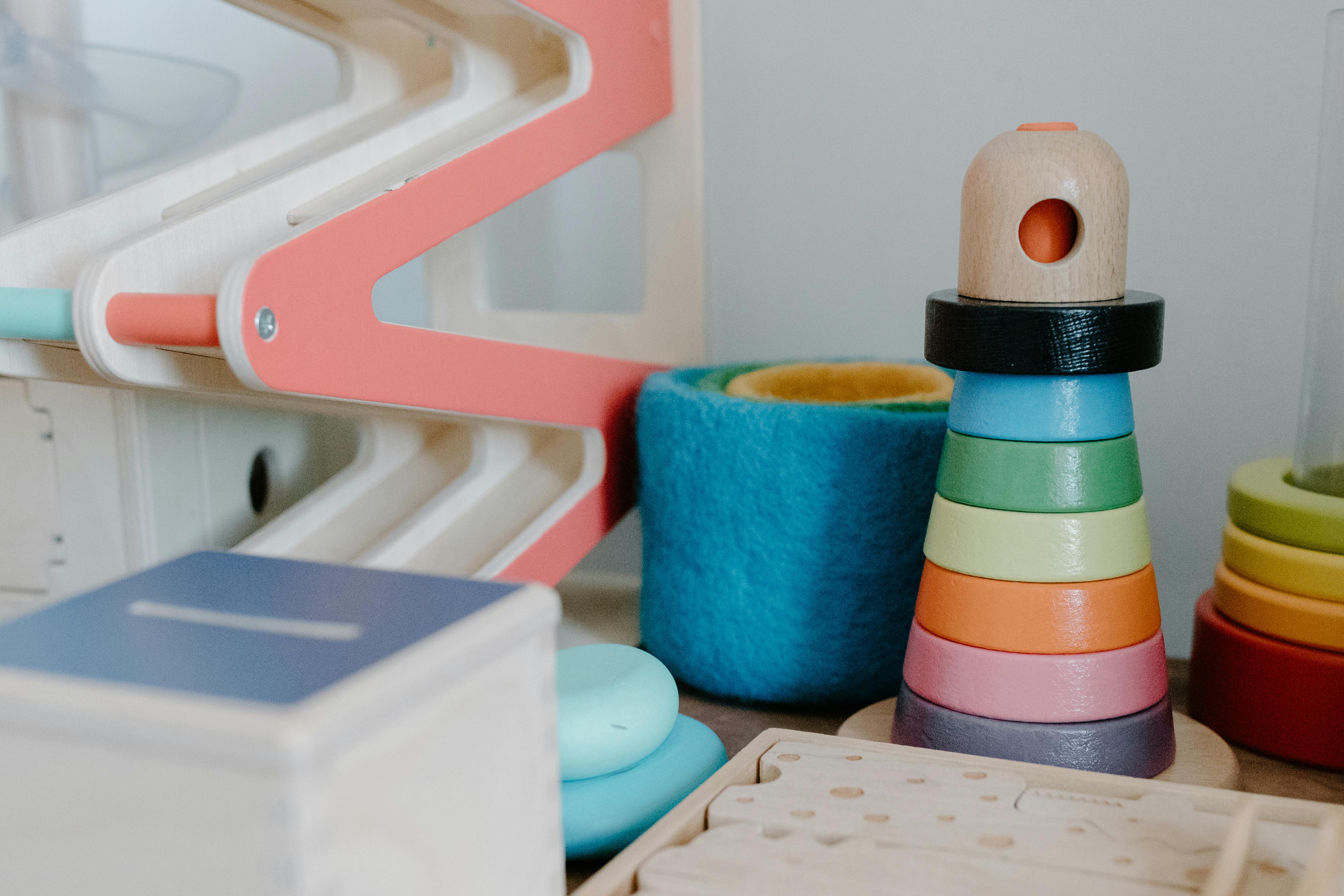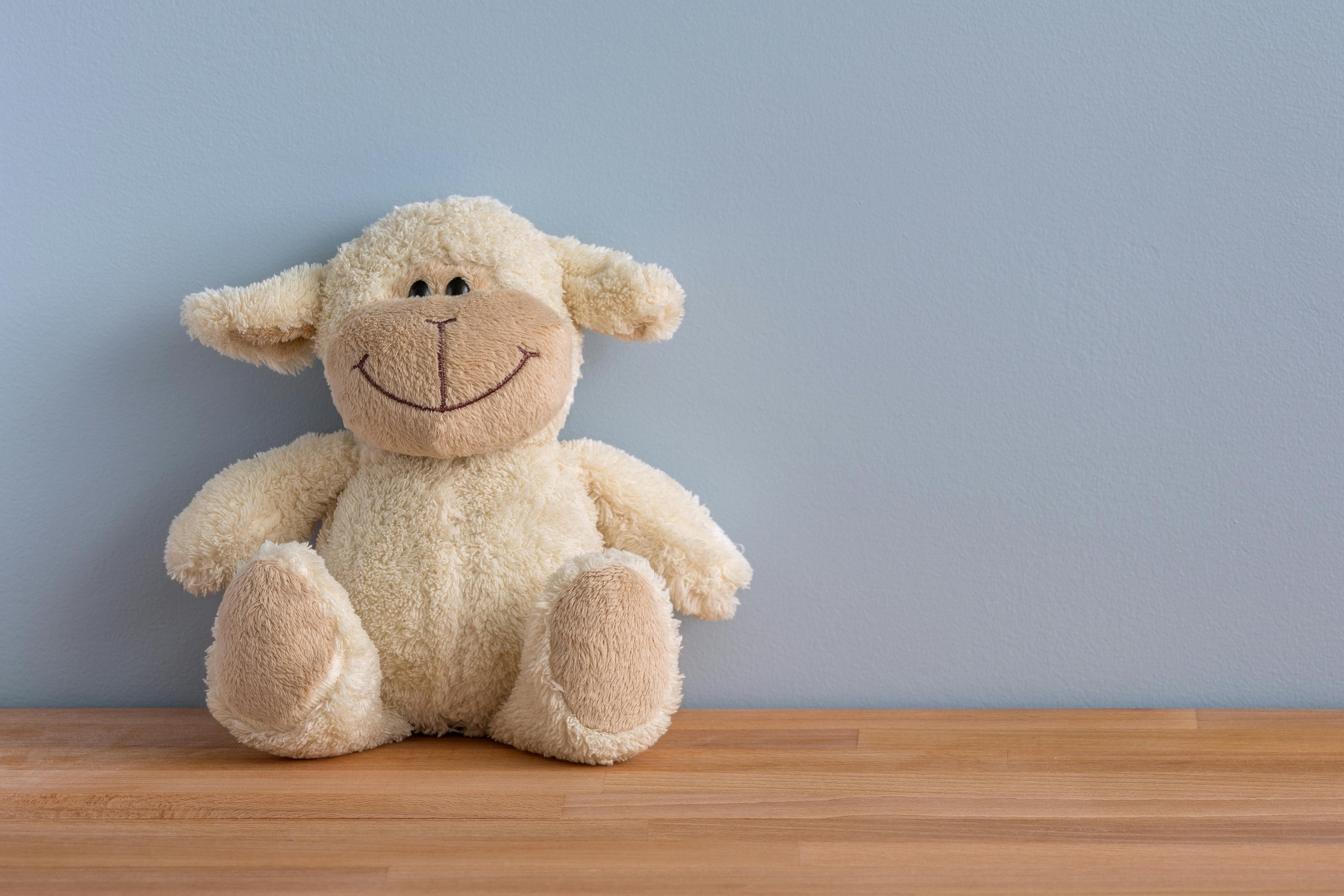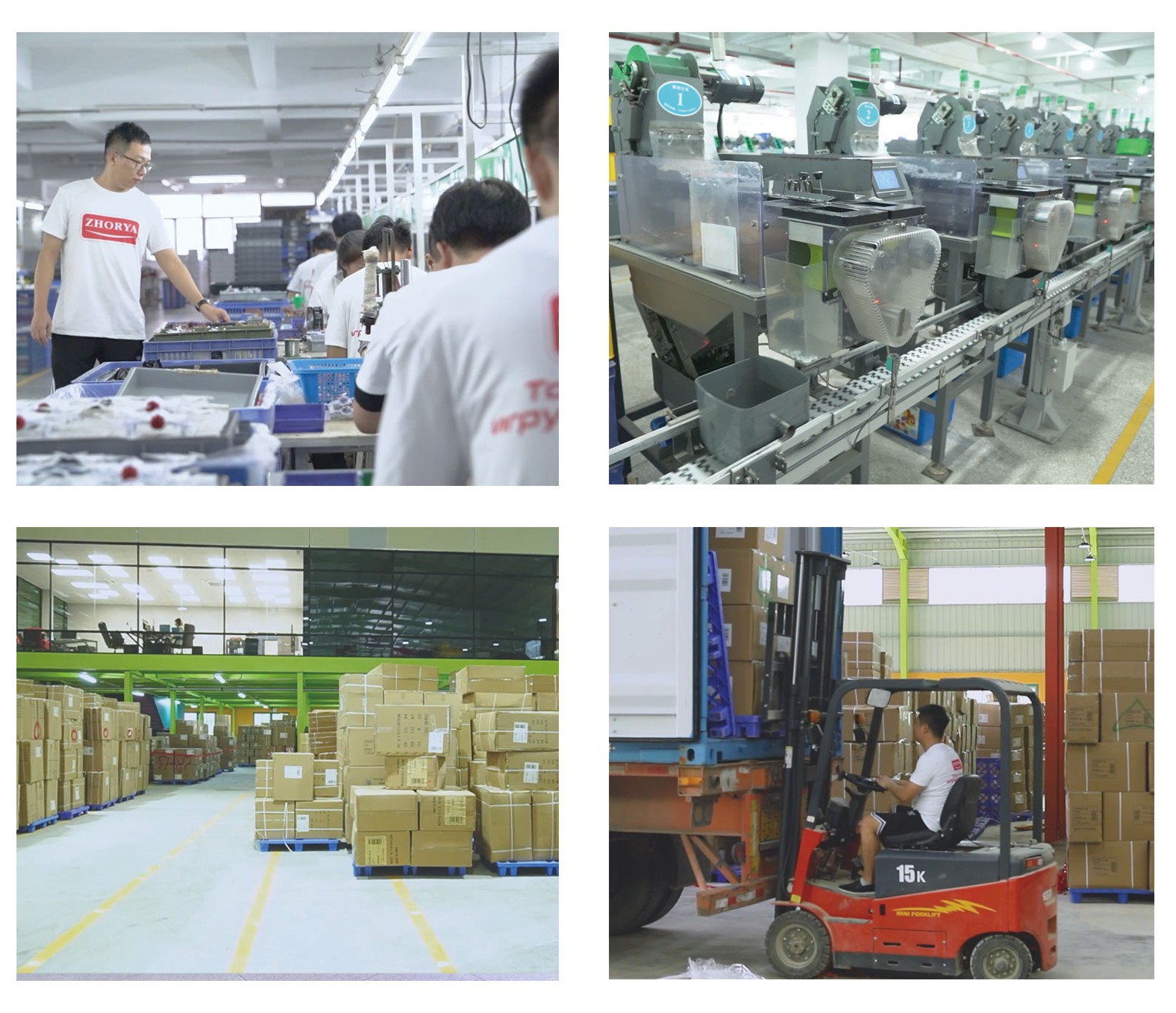Login
Join Free
Eco-Friendly Toy Trends 2025: How the Toy Industry Is Moving Toward Sustainability
Across the global toy industry, "sustainability" is no longer a buzzword—it's a growing reality. As environmental awareness spreads among consumers and governments tighten eco-regulations, the demand for eco-friendly toys has accelerated, especially in the United States and Europe. More retailers, brand owners, and importers are now seeking toy suppliers that not only offer safety and quality but also show commitment to environmental responsibility.
While traditional plastic toys continue to dominate shelves, many manufacturers are shifting toward sustainable alternatives, exploring ways to reduce carbon footprints, recycle materials, and design toys that last longer. This movement is shaping what experts already call the next major transformation of the global toy industry.
Why Eco-Friendly Toys Are Gaining Global Momentum
The global shift toward sustainability has moved beyond fashion and packaging — it's now transforming the toy industry. Recent studies estimate that the market for eco-friendly products will exceed 400 billion RMB, and toys are rapidly becoming one of the most active segments. This change isn't driven by one single factor but by a combination of consumer awareness, government regulations, and evolving manufacturing standards.
Parents and educators are rethinking what "good toys" mean for children. Beyond fun and learning, they now want toys that are safe, non-toxic, and kind to the environment. As a result, brands that use recycled plastics, organic cotton, or sustainably sourced wood are gaining favor in global markets. These toys not only minimize waste but also help children develop environmental values from an early age — something that resonates strongly with modern parenting trends.
Governments and retailers are also accelerating the transition. In Europe and North America, stricter environmental regulations and import standards are pushing suppliers to adopt recyclable materials and reduce carbon footprints. Toy companies that align with certifications such as GRS (Global Recycled Standard) or FSC (Forest Stewardship Council) now enjoy better access to international retail chains and easier compliance during customs inspections.
At the same time, eco-friendly toys have proven to hold strong commercial potential. Surveys show that consumers — especially young parents — are willing to pay a premium for products that are both safe and sustainable. This higher acceptance offsets part of the additional production cost and encourages more manufacturers to innovate in materials and design. What began as a niche concept is now a mainstream purchasing expectation, shaping how global buyers evaluate suppliers and plan their future collections.

How Toy Manufacturers Are Going Green
Toy manufacturers are increasingly adopting eco-friendly practices to meet rising global demand for sustainable products. Many plush toys are now made with recycled materials, such as polyester derived from discarded plastic bottles, which are processed into fibers and woven into fabrics. This approach reduces waste while maintaining durability and quality suitable for export markets.
Beyond plush, manufacturers are exploring alternative materials like wheat straw, sugarcane fiber, and bamboo to replace petroleum-based plastics. Paints and coatings are also evolving, with more factories using water-based paints and soy-based inks, which reduce emissions and harmful residues without compromising the appearance of the toys.
Packaging is another area seeing significant improvements. Manufacturers are also paying attention to packaging, ensuring that bags and other packaging components use eco-friendly materials, such as FSC-certified options, to comply with international standards and reduce environmental impact. Some have even started designing multi-functional packaging, which can be reused as display or storage, minimizing waste and adding value for end consumers.
Challenges Along the Path to Sustainability
Despite strong momentum, full-scale transformation remains difficult. Developing reliable and cost-effective alternatives to petroleum-based plastics continues to challenge the industry. Leading toy companies, such as LEGO, have invested years in research on bio-based plastics, only to find that replacements often fail to meet durability or color stability requirements.
Switching materials also means adjusting production lines, molds, and quality testing systems — steps that can generate additional emissions and costs. For many manufacturers, achieving sustainability is not as simple as changing materials; it requires rethinking the entire supply chain.
Water-based coatings, for instance, are safer and greener but require longer drying times and often produce less vibrant colors, which may not meet design expectations. Meanwhile, environmental certifications such as GRS and FSC add complexity and costs, especially for smaller factories still recovering from global market fluctuations.

Opportunities for Overseas Buyers
For international toy buyers and distributors, the shift toward sustainability presents both a challenge and an opportunity. The global market increasingly favors environmentally conscious products, and overseas consumers are showing stronger preference for toys made with safe, recycled, or renewable materials. Now is an ideal time for buyers to explore partnerships with suppliers who are gradually integrating sustainable practices into their production.
Working with manufacturers who already use recycled fabrics for plush toys, safer paints for educational sets, or minimal and multi-functional packaging allows buyers to introduce eco-friendly options into their product lines without disrupting reliability, pricing, or delivery schedules. These incremental steps help importers meet stricter international standards, respond to evolving consumer expectations, and test sustainable products in their markets before expanding further.
By establishing long-term relationships with experienced suppliers capable of balancing quality, compliance, and eco-conscious innovation, buyers can secure a competitive edge. They gain access to products that satisfy both regulatory requirements and growing consumer demand, while gradually building a portfolio of environmentally responsible toys that stand out in the global marketplace.
Zhorya's Role in Supporting Sustainable Sourcing
At Zhorya, we are committed to helping global buyers source responsibly. Even though our current product portfolio covers a wide variety of wholesale toys — from remote control cars and educational kits to plush and battery-operated series — we understand that the future of toys lies in safety, durability, and sustainability.
We actively cooperate with factories that have begun integrating eco-friendly materials, water-based coatings, and FSC-certified packaging into their production lines. Our sourcing team stays in close contact with these manufacturers to evaluate new sustainable technologies, ensuring that our partners can access high-quality, environmentally responsible toys at competitive prices.
If your business is exploring the eco-friendly toy market or looking to transition part of your product line toward greener options, Zhorya can help identify the most suitable manufacturers and guide you through the process — from material selection to compliance and bulk order management.
By working with Zhorya, buyers can not only respond to market trends but also build stronger, more future-ready product portfolios that align with global sustainability goals.

Conclusion
Eco-friendly toys are redefining how the world views play and production. The shift toward sustainable materials, greener packaging, and ethical sourcing is happening now — and it's accelerating fast.
For overseas buyers, adapting to this change early can open new opportunities and strengthen their brand image. With extensive industry experience, a trusted supplier network, and a proactive approach to sustainability, Zhorya stands ready to help you move confidently into the future of green toy sourcing.

 Русский язык
Русский язык 中文
中文